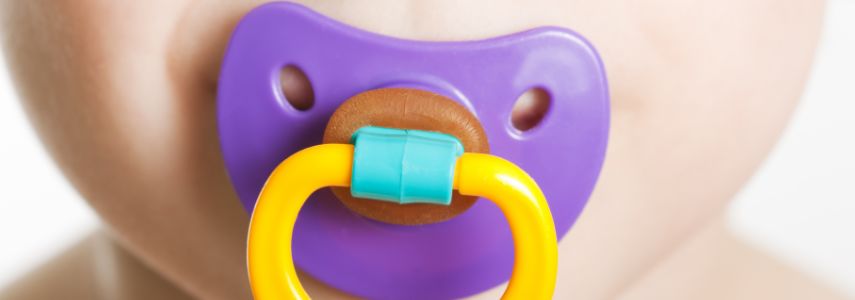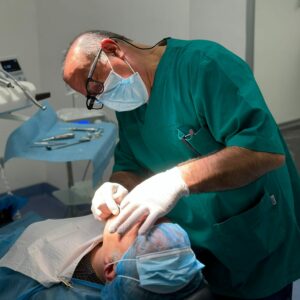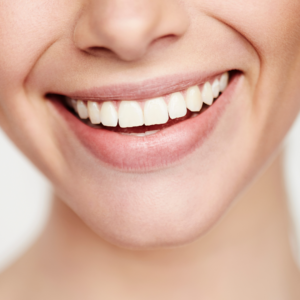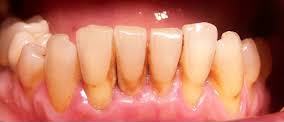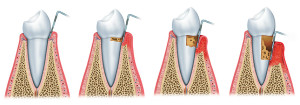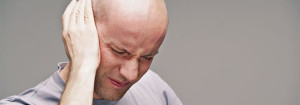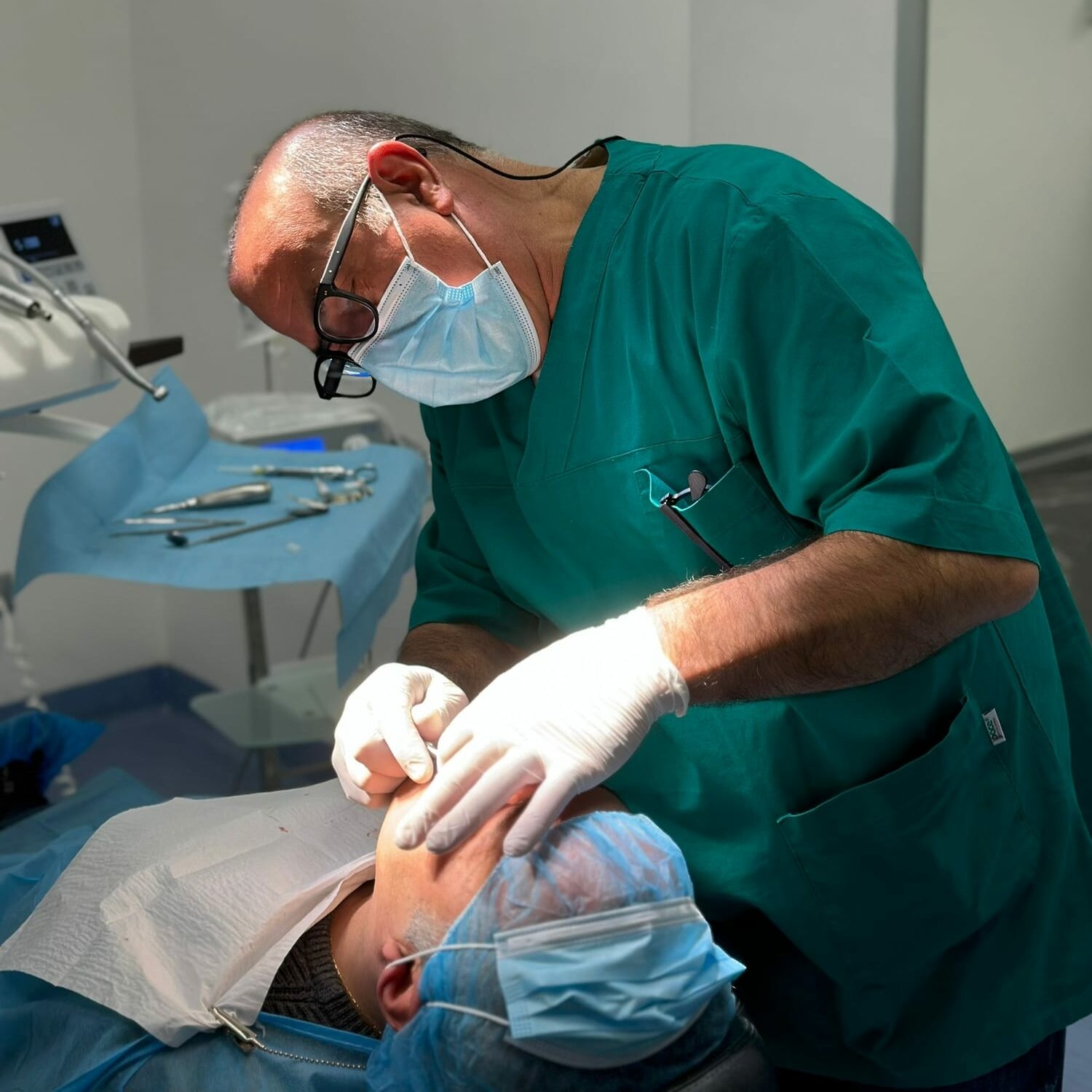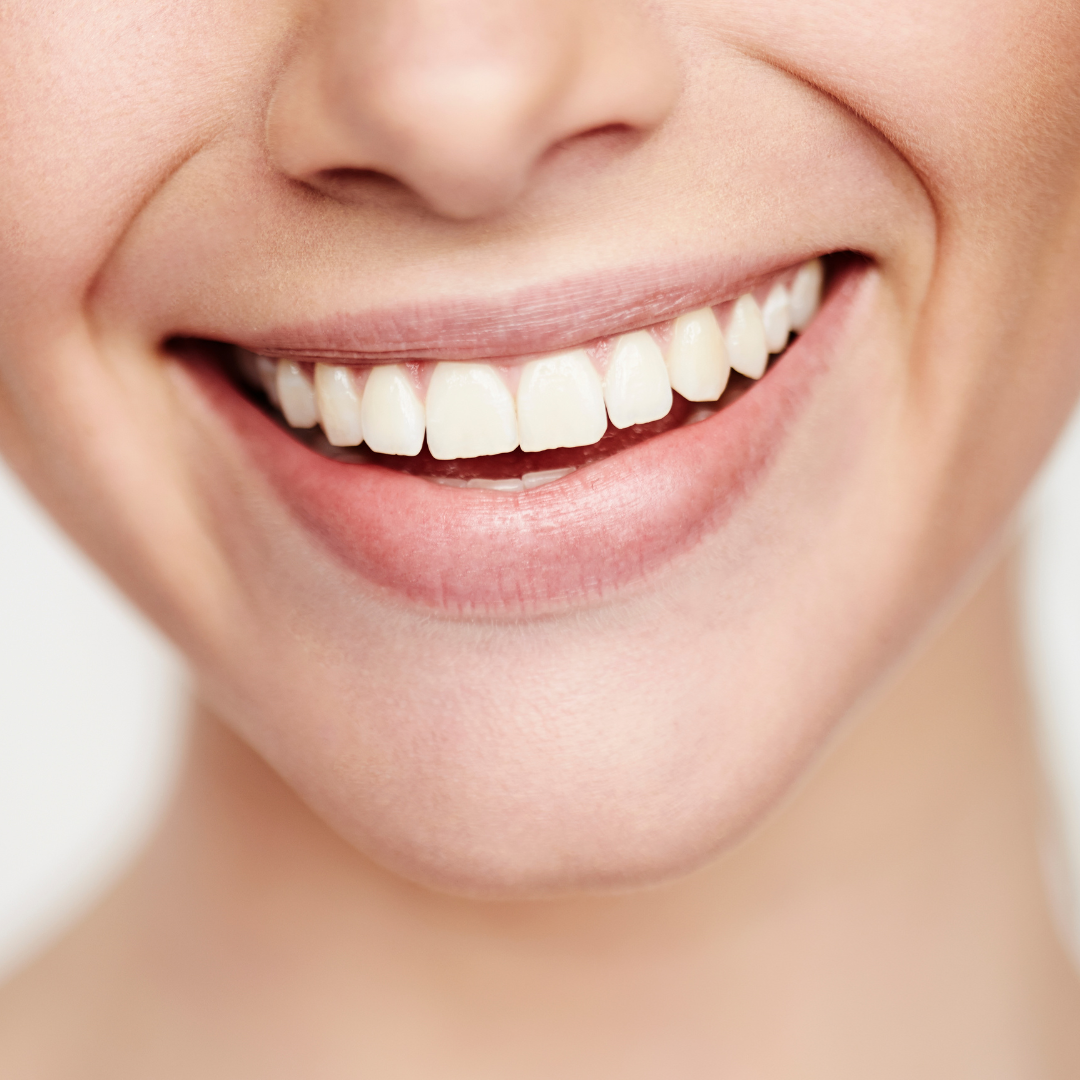Each parent asked the fateful question: when to take the pacifier away from the child? A hard-fought choice because the pacifier is an anti stress also for mom and dad and saves them from often complicated situations.
Why use the pacifier and which one to choose
The pacifier is a comforting tool for every child. In fact, sucking has several purposes:
- reconcile sleep;
- relaxes the muscles;
- instills a sense of protection.
The baby also tends to bring every object to his mouth, because sucking is also a way of exploring the surrounding world.
The pacifier, especially in the first months of life, does not cause any harm to the baby, it is clear, however, that prolonged use of the same and in particular after 18 months can have a negative impact on the dentition and on the palate.
Among all the products available on the market, to limit side effects, it is important to choose a pacifier that is as anatomical as possible and that best suits the baby’s palate.
The damage of the pacifier on the palate
Among the functions of the language, in the first months of life, there is that of widening the upper arch and adapting it to the lower one. The pacifier being an object placed between the tongue and palate prevents the correct performance of this function. The direct consequence is that the palate can be narrower than the lower arch.
The constant sucking of the pacifier also causes a protrusion of the upper arch, therefore the teeth of the jaw will be more outward than those of the jaw.
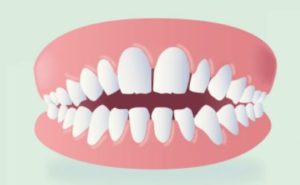 Another consequence is the lack of alignment between the two arches. The prolonged use of the pacifier in fact generates the “open bite“: the front teeth, with their mouths closed, have no point of contact, with an evident vertical distance between jaw and jaw.
Another consequence is the lack of alignment between the two arches. The prolonged use of the pacifier in fact generates the “open bite“: the front teeth, with their mouths closed, have no point of contact, with an evident vertical distance between jaw and jaw.
These consequences, in addition to representing aesthetic problems, also generate functional damage for phonation, swallowing and chewing.
When to remove the pacifier
The pacifier should be completely abandoned within 18 months. Clearly every child has his time and we must also know how to respect him. Removing the hickey too early in fact could lead the child to replace it with his thumb and the damage would be identical.
The abandonment should therefore be gradual and complete by the completion of the eighteenth month, in this way palate and teething can follow their normal course.
When it is already too late and the continuous sucking has passed the year and a half, a specialist may be required to correct the damage.
From a dental point of view, it may be necessary to intervene, in a subsequent growth phase, with orthodontics and the insertion of an orthodontic appliance to correct the defects of the palate. Dental therapy may also need to be accompanied by a speech therapist to correct any pronunciation problems.
Book a follow-up visit for your child, a competent dentist can immediately evaluate any damages due to the sucking or can give you useful advice on how to prevent them.

